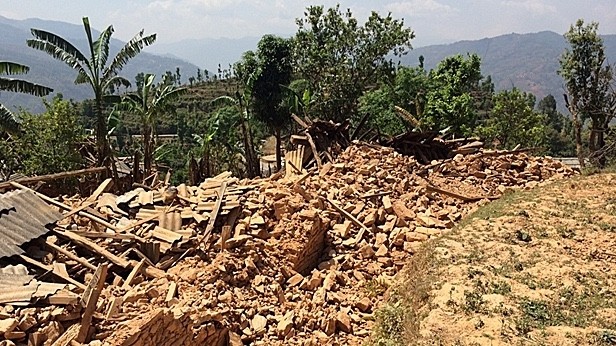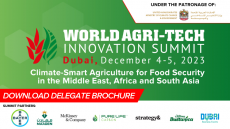Nepal earthquake
Farming in critical state as planting season looms after earthquake

Farmers who miss the planting season, which is expected to start late May, will not harvest rice again until late 2016.
This, together with likely losses of food stocks and wheat and maize harvests, would severely limit food supplies and incomes in the South Asian country, where around two-thirds of people rely on agriculture for their livelihood, the FAO said.
Last week, a 7.8 magnitude earthquake, the country’s biggest in 80 years, shook Nepal, killing thousands while limiting access to food and leaving some 3.5 million in need of food assistance.
Agricultural areas among worst hit
An estimated 8m people across the country’s western and central regions are affected by the disaster, including its largest cities, Kathmandu and Pokhara.
But some of the country’s most vulnerable agricultural areas, particularly the villages in mountain and hilly regions, also bore the brunt.
Although damage to the agriculture sector has not yet been assessed, affected families have likely lost livestock, crops, food stocks and valuable agricultural supplies. At the same time, the disaster has destroyed markets and infrastructure, including roads and crucial irrigation and drainage canals. As a result, internal trade, including the movement of emergency assistance, is severely constrained.
Before the earthquake hit, FAO estimated Nepal’s wheat production in 2015 would reach 1.8m tonnes—some 5% below last year’s record harvest. But crop damage and an inability for farmers to harvest in earthquake-affected areas are likely to change this forecast.
Moreover, disruption of planting operations for rice and maize may severely reduce the planted area for these crops in the most affected areas.
Critical window of opportunity
In addition to distributing crop-production packages to secure this year’s harvest, the FAO will also provide animal feed and veterinary supplies to keep animals healthy for 20,000 of the families who rely on them for food and income.
“There is a critical window of opportunity to help crop producers plant in time to have a rice harvest this year and regain their self-sufficiency,” said Somsak Pipoppinyo, the FAO representative in Nepal.
“At the same time, we need to do all we can to preserve vital livestock assets which provide affected families with much needed income and nutrition.”
UN agencies and partners launched a $415m emergency appeal for Nepal to address the most urgent needs.
The FAO’s appeal is part of a larger $128m request under the Food Security Cluster, led by FAO and the World Food Programme.
In addition to emergency agriculture support, the cluster aims to distribute 50,000 tonnes of food to families in need, along with setting up cash-transfer programmes and helping communities rebuild.












